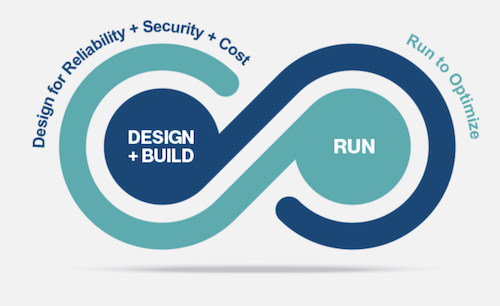Companies are looking to deploy multiple cloud applications to establish a modern workplace, reduce costs, and add efficiencies and flexibility at scale. But as we head deeper into 2023, CIOs and other IT leaders need more help managing all their distributed workloads effectively.
If organizations are going to thrive in this increasingly multicloud and hybrid cloud world, operations teams need dependable, always-on cloud infrastructures that will scale to meet changing work capacity needs.
Multicloud Hurdles Remain
Tech Target’s Enterprise Strategy Group research has found that four of the biggest hurdles for organizations to accelerate operations are the variety of application types, the time to coordinate between IT and DevOps, security concerns, and a lack of visibility into how their apps and infrastructure align.
The reality: for most organizations, managing all of these challenges is still a pipe dream. It’s even further out of reach for organizations with limited resources that can’t hire – or afford – enough skilled people to staff a cloud operations center while operating multiple cloud silos. Because of this many hybrid workforce and business automation efforts falter or fail outright because of underinvestment in building IT/security/DevOps teams with the right tools and skills to operate in this new multicloud world.
The industry needs a better way to manage cloud infrastructure. Just as self-driving cars can proactively detect traffic congestion to take a different route without requiring human intervention, we need workloads that will self-adjust. The industry needs self-healing, self-reliant architectures that are practically invisible and touchless.
Help Your Customers Optimize Their Cloud Workloads
Now, Hitachi Vantara has been working with MSPs to offer its new Hitachi Application Reliability Service portfolio.
Through the Hitachi Application Reliability Centers, MSPs can work with their customers to optimize cloud workloads for resiliency, performance and cost by incorporating a site reliability engineering (SRE) strategy with application modernization and automation services. The first two are in Dallas, Texas and Hyderabad, India.
Think of SRE as a software engineering approach to IT operations. Hitachi Vantara’s SRE approach promises to automate and simplify the software development lifecycle and workload management to remove unnecessary costs, risks, and complexity associated with migrating, modernizing and running apps, data platforms and infrastructure. The result has been significant improvements in application availability with up to 25% improvement in the time it takes to detect and recover from faults, and 15% improvement in change failure rate, an underlying KPI that reflects the stability of releases and the availability of applications.
"Hitachi Vantara's Application Reliability Centers and engineering-led cloud operations enables our clients to achieve true DevOps by fully integrating operations with engineering,” said Frank Antonysamy, chief digital solutions officer at Hitachi Vantara. “Our cloud consulting and managed services helps our clients optimize their cloud workloads and processes and frees up resources and talent that can be deployed in new ways to accelerate their digital transformation with AI, data analytics and insights."
Ready to learn more?
Read the article Cloud Reliability and the Rise of Engineering-Led Ops.
Discover how you can leverage Hitachi Application Reliability Centers to better design, build and manage your customers’ cloud workloads.
Image Credit: Hitachi Vantara

